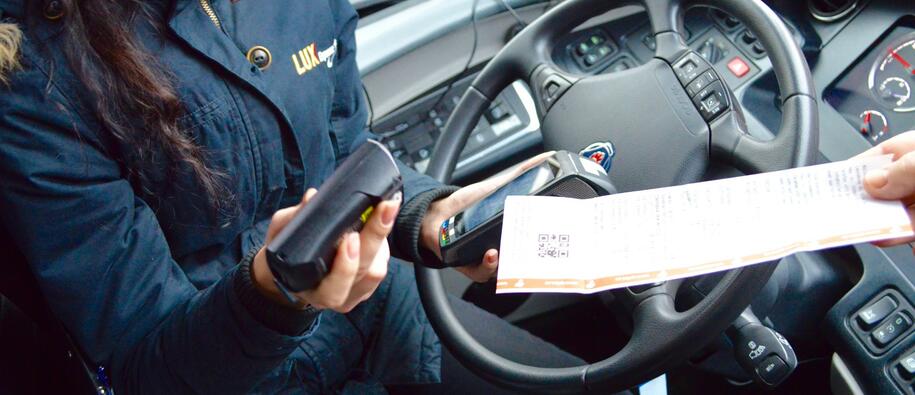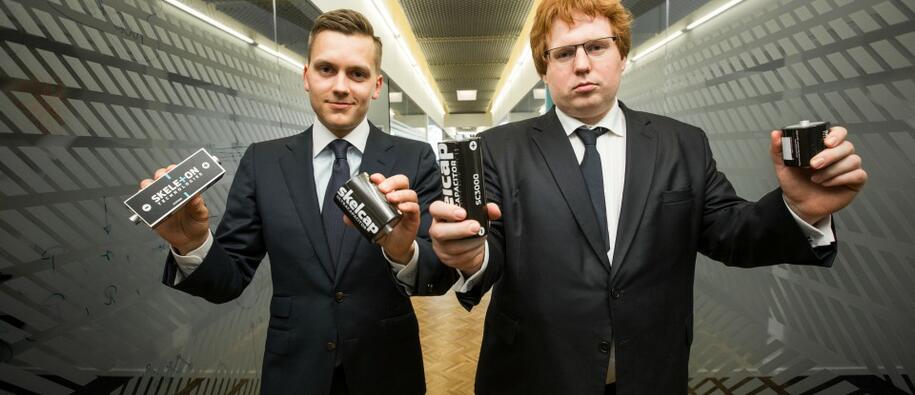Currently available funding
There are currently no calls for proposal.
Programme Summary
Why was the programme needed? Business and innovation in Estonia is driven by smart solutions and strategies and innovative business models, particularly concerning the ICT sector. In its Digital Agenda for 2020, the country seeks to increase welfare, job creation and economic growth through an environment supporting the use and development of ICT solutions. Indeed, Estonia is at the forefront of digital solutions in Europe and has one of the highest rates of online provision of public services. For example, Estonia’s healthcare system has been revolutionised by innovative e-solutions over the past few years, and 95% of health data is digitised. Nevertheless, Estonia still faces the key challenge of increasing productivity through the digitisation of companies and remains below average on the EU’s Eco-Innovation Scoreboard. The country faces obstacles such as a resource-intensive industrial structure, a lack of seed funding opportunities for early-stage start-ups and low level of media coverage on eco-innovation subjects. The Estonian Green Industry Innovation Programme was designed to build a more resource-efficient, greener and more competitive economy in Estonia. The 6 000 000 euro in funding from the Norway Grants focused on four priority areas – energy management systems, transport and logistics, manufacturing and trade, and e-health. Enterprise Estonia functioned as the Programme Operator, with Innovation Norway as a Donor Programme Partner. During its implementation the programme sought to reduce Estonia’s resource-intensiveness, increase competitiveness for green enterprises and make traditional industry greener, paying special attention to the ICT sector. What did the programme achieve? A total of 15 projects were implemented during the programme. The granted project promoters had ambitions to create software that offers complex solutions to a range of challenges; ICT-based projects do not tend to develop solutions to one isolated issue, but rather a multitude of tools with a broad approach. As a result, the number of developed and/or adapted technologies in the programme are high: 31 existing environmental technologies were developed or improved, and another 27 new environmental technologies were adapted for use in the four priority areas, of which 19 have been successfully commercialised. This includes the improvement of 10 processes in the health sector through a singular project that shortens the amount of time and money spent on doctor’s visits by expanding the number of web-based services. The project offers an alternative solution to Estonia’s shortage of physicians and has given patients greater access to health service providers. Another project developed an open software platform for monitoring and managing energy consumption that gives its customers better control of their energy usage. It also provides them with tools to assess the potential for installing renewable energy devices (and the cost of said instalments) and evaluate the choices for buying electricity at lower prices. These types of customer-oriented energy management system will become increasingly important through the implementation of the EU’s Energy Union. All the projects completed during the programme clearly contributed to achieving the set goals by offering new digital services, supporting digitalisation of industries, and innovating the energy sector, within the existing ecosystem of e-services. Furthermore, the programme has resulted in the creation of 48 jobs.How were bilateral relations strengthened? A vital component of the programme has been the bilateral partnerships at programme- and project level. Enterprise Estonia and Innovation Norway formed a close collaboration during implementation, and through matchmaking events between Estonian and Norwegian businesses managed to secure donor partners in 11 out of 15 projects. The Estonian entrepreneurs highly appreciated the donor partners’ knowledge on client needs and global markets. The Norwegian partners have provided experience and expertise on both technical and business management levels, while also benefitting from the increased international experience brought on from the programme. The transfer of knowledge from Norwegian partners have resulted in 16 new technologies and practices being adopted in Estonia and three joint ventures being established between Estonian and Norwegian partners. One of these ventures, Ocean Visuals, are working to commercialise the oil spill detection and verification system developed in the programme between LDI Innovation OÜ, an Estonian R&D company, and ICD Software AS, a Norwegian-based company developing maritime industry products. The oil spill detection and verification system is particularly suitable for Arctic conditions and has been deployed on the Norwegian coastal cruise ship MS Midnattsol. Another successful venture is the international ticket sales software “PublicTicket”, developed by the Estonian project promoter T Grupp AS. Through the programme, T Grupp was able to establish a non-binding partnership with the Norwegian transport company Nettbuss. This partnership not only gave the Estonian partners valuable insight and feedback about the project’s goals and features, but also resulted in an investment agreement with Nettbuss in early 2017, where Nettbuss bought 15% of the Estonian company, T Solutions. A pilot project was initiated during the programme implementation period, and by the end of 2017, all of Nettbuss’ current sales systems had been replaced with the Estonian product. What will be the impact of the programme? The programme has strengthened business partnerships between Estonia and Norway and increased the understanding of common goals and challenges. At least six out of 11 projects partnerships will continue their cooperation and maintain their exchange of business culture, expertise and market possibilities. Another four projects might be sustainable and are likely to continue beyond the funding period. Additionally, Enterprise Estonia has strengthened its presence in Norway and opened a new office in Oslo, where three advisers are working to encourage business contact between Estonia and Norway.

